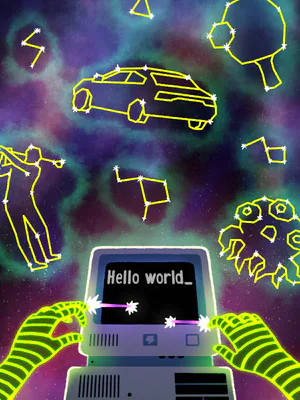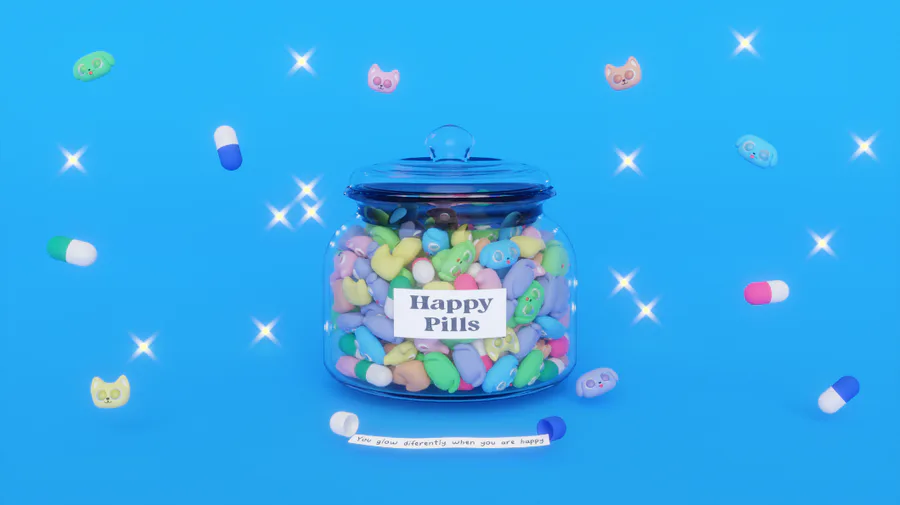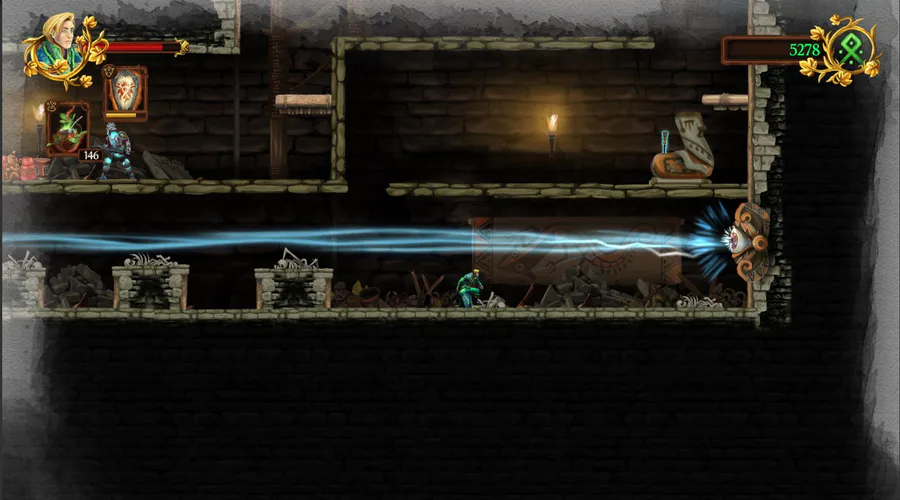Hey everyone! Nov 2022 I released my game Path of Kami after 3 years of development, I learned a lot on the way and figured I should do a post-mortem and share my experience doing it. I plan on doing a post-mortem blog series that goes into the specifics on the overall game production, how I built a team, and marketing the game. This post will be just about the game production but feel free to ask any questions, I'll do my best to answer.
Some quick facts:
Path of Kami was my team's debut game and was our first commercial release as a team (our team had released games before as part of our day jobs)
We’re a small team that had ~ 5 core members and at largest ~10 (less than part time)
We self-published
Genre: Exploration, Adventure
Steam Wishlists at launch: 9,268
Current Reviews: 20
Steam Rating: Mostly Positive
Price: $4.99
I talk a bit more about how we approached pre-production, game design and development in my blog here if you're interested in more details. For this post I'll just share what tools we used, what worked and what didn't. I hope this will be insightful and helpful for anyone working on self-publishing a game.
Tools we used
Discord: We used this for communication, team meetings, and work hangouts.
Documentation: We started out with Nuclino and then switched to Tettra and also used google docs.
Hack N Plan: Project management tool (though we are starting to use notion for documentation and project planning for our next project)
Clockify: Track time spent working on game and used for timesheets to pay team
Game Engine: Unreal
TortoiseSVN: Source Control for the game
Digital Ocean: Hosting for the source control
Canva: Graphics, marketing materials, road mapping
What Worked :)
Visual Prototype
In early phases of development we did a visual prototype which helped a ton with defining our unique art style and experimenting early with what would work best for the game.
Puzzle Manager & other tools
The development team put together a set of tools such as a puzzle manager and cinematic system for designers to be able to quickly create and implement puzzles and cinematics. This helped save a lot of time for programmers so they could work on other aspects of the game while giving designers more control over the puzzles.
Modular Kits
The art team built modular kits for the environments in the game which helped a ton with world-building and quickly setting up environments
Achieving our Design Goal in creating a Relaxing Experience
With the feedback we got on the game I feel like we did a great job at keeping the experience casual and relaxing for players, achieving one of our main design pillars and goals!
Our SFX artist and music composer worked very hard on providing ambient music and a soothing soundtrack for the game which really added a lot of depth and pushed the mood we were aiming for. We got a lot of positive feedback on it and had some of the community ask for a lofi version which we posted on our youtube channel.
Launching with ‘release essentials’
While working for a game publisher I learned there were constant negative reviews for certain game features that players wanted and made sure we had them for launch day. Players would leave negative reviews because a game didn’t have input binding, widescreen support, and other features on launch day. Below are the features we implemented to help prevent this:
Input binding
Keyboard/Mouse AND Controller support
Wide screen support
Window mode
Achievements
Multiple Languages [didn’t see a lot of negative reviews for this but I highly recommend launching with multiple languages because it increases your reach, you’ll also have tons of people commenting in Steam discussions about adding their language :) ]
What Didn't Work :(
Scope of the game not matching team resources
When scoping the game, we scoped high in hopes that we would be able to get a publisher or additional funding. Although we were able to fundraise some money for the game, it wasn’t enough to fund the team full-time to work on it. Even with scoping down the game and it being relatively ‘small’, it took us a long time to make. This is partially because we were all working on it less than part-time.
Spent too long developing the game
This kind of ties into the point above. We ended up spending 3 years working on the game. With this being our first game we should have scoped something a lot smaller so we could release something fast. Usually, your first game doesn’t make too much money so we could have spent a shorter amount of time developing this to quickly have a game under our belt and get experience as a team releasing something first. We also could have utilized asset packs more to shorten dev time.
Getting stuck ‘in the box’
We focused a lot on art and worldbuilding, kinda losing sight of the big picture. We also approached the development linearly as the player would play it instead of by scope and complexity. The game ended up being stretched too long and made it so we had to do an abrupt ending to the game. To fix this we could have regularly tried looking ‘outside the box’ and looking at the game as a whole from start to end. Taking a look at how much time we should spend for each level and take extra time on the ending of the game.
Game Genre
We marketed the game as an exploration/adventure puzzle game and these genres are pretty saturated on Steam. They are also known to not make as much money as other genres, although since this was our first game we weren’t expecting to make much on our own. Steam also tends to like more strategy-type of games, I’ll probably talk more about this in a later blog. To top it off we later learned that publishers also tend to not like puzzle games as much as other genres as well.
I hope this was insightful or helpful, if you have any questions let me know thanks for reading!
EDIT: I released part 2 of the series talking about how we built our team and created the company. If you have any questions feel free to reach out.
GameJolt: https://gamejolt.com/games/PathOfKamiJourneyBegins/763140













0 comments